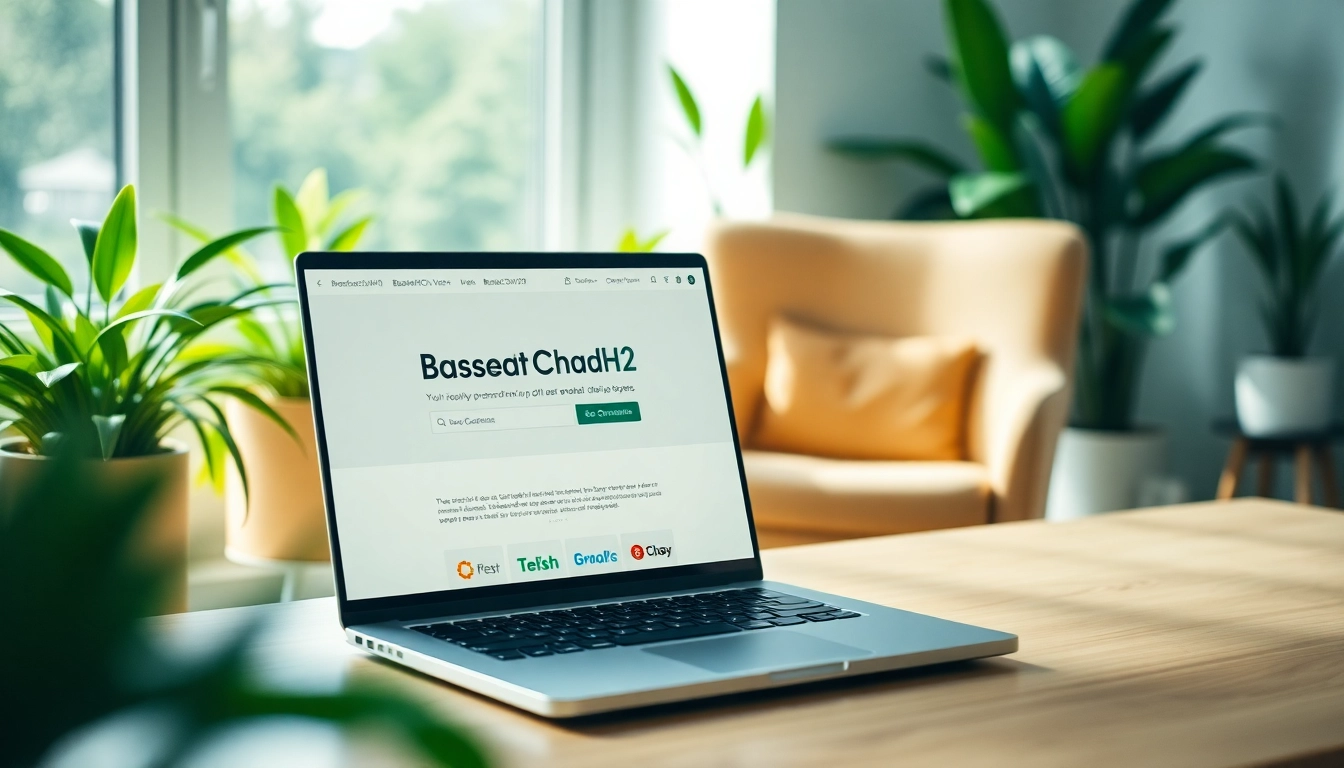Understanding Funnels for nonprofits
Definition and Purpose
In the realm of nonprofit organizations, understanding Funnels for nonprofits is crucial for maximizing outreach and increasing donations. A funnel represents the step-by-step journey of supporters—from first learning about the nonprofit, to engaging with its mission, and ultimately making a donation or taking some other action. This metaphorical funnel simplifies complex fundraising tasks and guides organizations in nurturing relationships with their supporters. Each stage of the funnel is designed to move supporters closer to the nonprofit’s goals, whether it’s fundraising, volunteer recruitment, or awareness-building.
Common Misconceptions
Despite their increasing popularity, many nonprofits hold misconceptions about funnels. One prevalent misunderstanding is that funnels are only necessary for large organizations with substantial resources. This couldn’t be further from the truth. Even small nonprofits can greatly benefit from a streamlined funnel process that suits their unique missions. Another misconception is that if a nonprofit constructs a funnel, donations will automatically flow in. However, a funnel is not a silver bullet; it requires ongoing effort, strategies, and relationship-building to be effective.
Importance of Funnels for nonprofits
The importance of funnels for nonprofits cannot be overstated. They provide a structured approach to engaging supporters at various levels of their journey. By implementing effective funnels, nonprofits can:
- Improve donor retention: A well-designed funnel ensures continual engagement and fosters loyalty among existing donors.
- Maximize outreach: Funnels help organizations identify and reach audiences who may initially be unaware of their mission.
- Streamline fundraising efforts: By defining clear stages within the funnel, nonprofits can create focused campaigns that guide donors toward making contributions.
- Enhance awareness: Well-crafted funnels can amplify the message of the nonprofit, ensuring wider dissemination of their cause.
Key Components of Funnels for nonprofits
Awareness Stage
The first stage in the funnel is the awareness stage. This is where potential supporters first become aware of the nonprofit and its mission. At this stage, content is vital; nonprofits should create engaging materials that effectively communicate their values and goals. Techniques such as social media outreach, community events, and engaging blog posts can successfully increase visibility and attract new supporters. The goal is to create an emotional connection that intrigues potential donors to seek more information.
Consideration Stage
Once potential supporters are aware of a nonprofit, they transition into the consideration stage. At this point, it is essential to provide richer content that reflects the organization’s impact. This could be in the form of case studies, testimonials, or detailed articles showcasing success stories. Nonprofits must also engage their audience through newsletters or webinars to provide insights into their activities. This stage is about answering the potential supporter’s questions and counteracting any doubts, thus converting interest into intent.
Decision Stage
The decision stage is where the magic happens. Here, supporters are ready to take action—whether it’s making a donation, volunteering, or sharing the nonprofit’s message. To encourage this action, nonprofits should simplify the donation process, ensuring their website is user-friendly and the call-to-action (CTA) is clear. Offering multiple giving options and providing immediate gratification—such as recognition or thank-you notes—can also incentivize actions.
Best Practices for Designing Funnels for nonprofits
User-Centric Approaches
In optimizing funnels for nonprofits, taking a user-centric approach is paramount. Understanding the needs and expectations of supporters enhances engagement and conversion rates. This means creating content and experiences that resonate with the audience’s values and interests, such as compelling storytelling that connects emotionally. Regularly soliciting feedback through surveys can help organizations adjust their strategies and offerings to better align with supporter needs.
Visual Storytelling Techniques
Visual storytelling is a powerful tool for nonprofits. By incorporating images, videos, infographics, and other visual content, organizations can convey their missions more effectively than with text alone. Visuals can illustrate the impact of donations, showcase the community needing assistance, and highlight donor appreciation. Making the content visually appealing ensures that it captures the audience’s attention and enhances the messages being communicated.
Testing and Optimization Tips
Constant testing and optimization are essential for maintaining the effectiveness of nonprofit funnels. Metrics should be monitored regularly to see what’s working and what needs improvement. Techniques like A/B testing can help identify the most effective elements, such as CTAs, messaging, and content types. By iterating based on data findings, nonprofits can continually refine their approach, ensuring they maximize engagement and conversion rates.
Tools and Resources for Effective Funnels for nonprofits
Software Solutions
The right software solutions can significantly boost the effectiveness of funnels for nonprofits. Tools like Customer Relationship Management (CRM) systems help organizations manage donor interactions and segment supporters based on behavior and preferences. Integrating donation platforms that seamlessly connect with these systems allows for a smooth user experience when supporters are ready to contribute.
Analytics Platforms
Implementing analytics platforms is critical for understanding the performance of funnels. Google Analytics and various Nonprofit-specific metrics tracking tools can provide insights into user behavior, helping nonprofits assess which parts of their funnel are working and which aren’t. This data is invaluable for making informed decisions about content strategies and audience engagement efforts.
Email Marketing Integration
Email marketing remains a vital component of donor engagement and fundraising funnels. Using tools like Mailchimp or Constant Contact allows nonprofits to segment their audiences and send targeted messages based on donor preferences and past behaviors. Automated email series can also nurture supporters through the decision stage, keeping the organization top-of-mind during critical moments when they might feel inclined to take action.
Measuring Success of Funnels for nonprofits
Key Performance Indicators
Measuring the success of funnels for nonprofits requires identifying Key Performance Indicators (KPIs) that matter most. Common metrics include conversion rates, donor retention rates, and the average donation size. Organizations should also track engagement rates with different pieces of content, such as email open and click-through rates, to assess how well they resonate with their audience.
Adjusting Strategies Based on Data
Data-driven decision making is crucial for effective funnel management. Nonprofits should regularly analyze their KPIs and adjust their strategies based on findings. For instance, if a donor segment is consistently converting at a lower rate, it may indicate a need for revised messaging or a different approach to engagement. Regularly tweaking strategies ensures that nonprofits remain responsive to their supporters’ needs.
Case Studies of Successful Campaigns
Learnings from successful campaigns provide actionable insights for nonprofits looking to enhance their funnels. Examples include a case study of a nonprofit that utilized social media to drive awareness, leading to increased engagement through targeted email campaigns. By documenting these successes and sharing them within the nonprofit sector, organizations can learn from one another and adopt best practices that have been proven effective in real-world scenarios.



